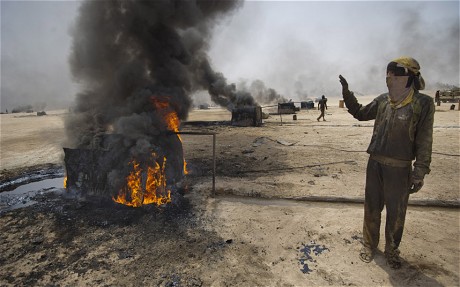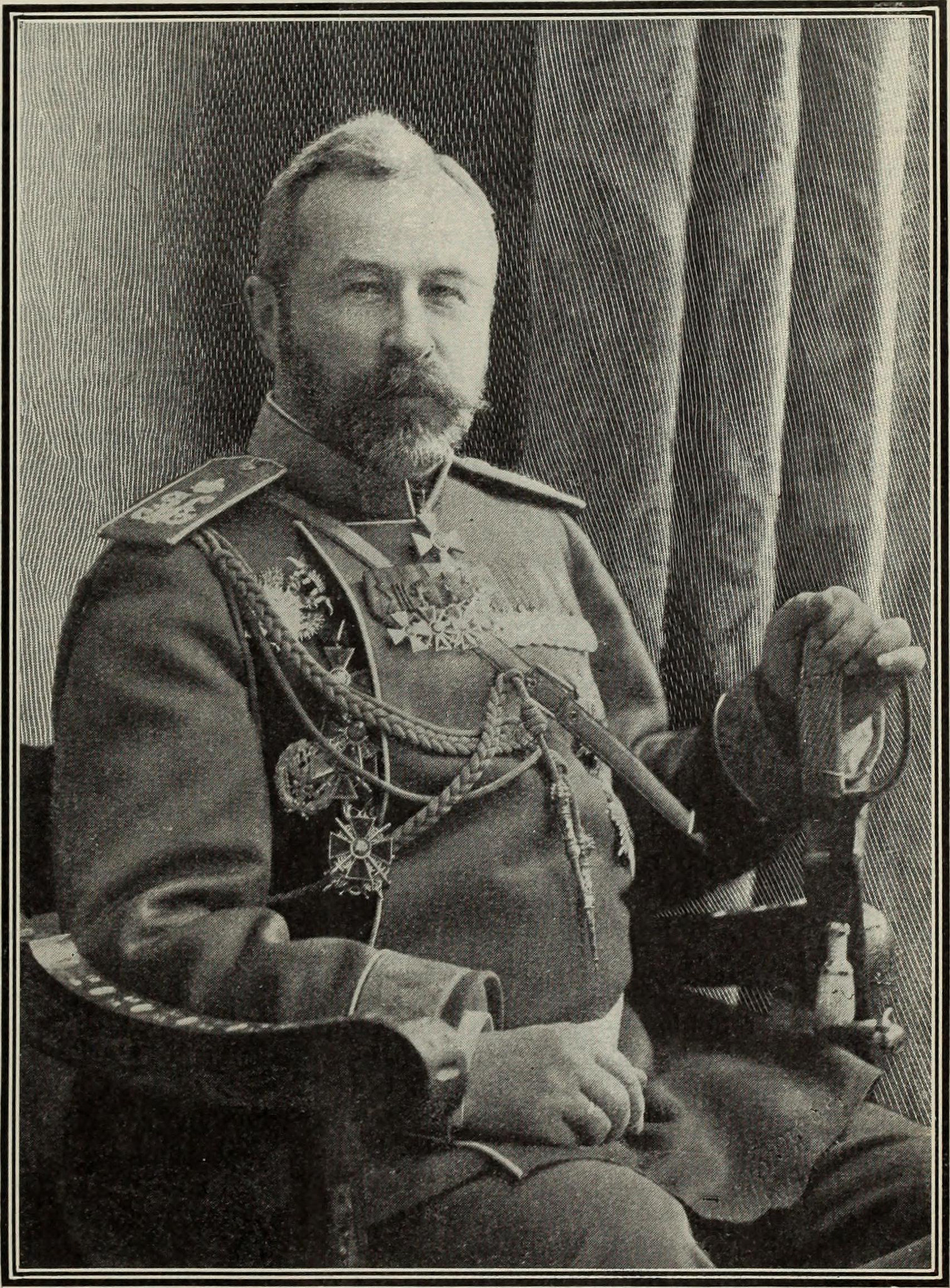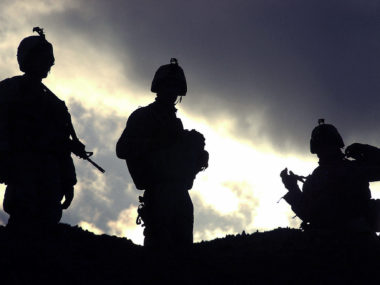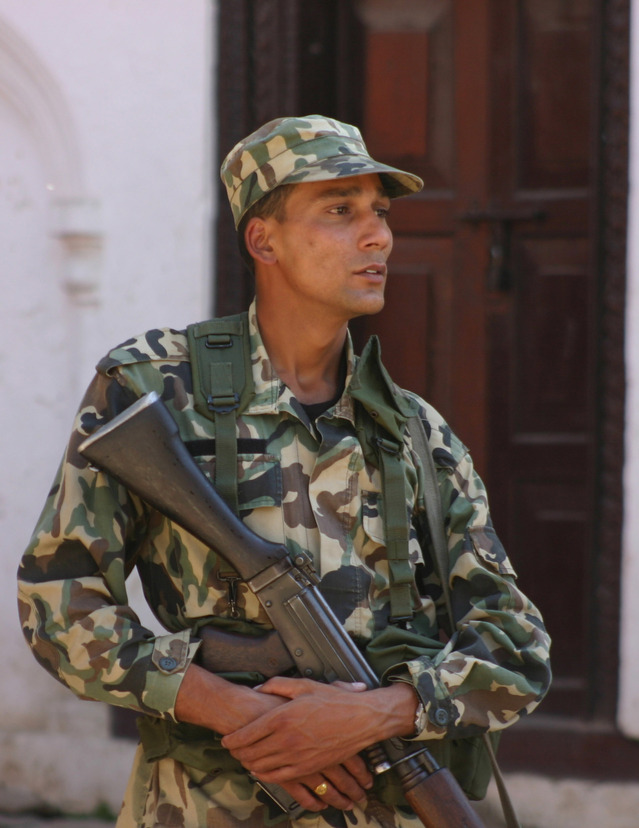Guest post by Brian J. Phillips

The Syrian militant group affiliated with al Qaeda, al-Nusra Front, recently “declared war” on the Islamic State. This is the latest turn in a complicated web of allies, enemies, and frenemies in the Syrian civil war. The two groups have fought before, but some observers see the recently-escalated rivalry as “good news.”
However, a growing body of research suggests that competition and violence among militant groups leads to serious negative consequences.
First, when multiple groups seek to represent the same broader community, this can lead to groups trying new tactics to “outbid” their rivals. Mia Bloom argues that this explains the surge in suicide terrorism in contexts as diverse as Sri Lanka and the Palestinian territories.
There are debates about the generalizeability of the outbidding hypothesis, but a number of studies find support for it.
A just-published study finds that militant group competition is associated with more unusual or “shocking” target types and attack types. Beyond innovation in types of terrorism, there is also evidence to suggest that outbidding simply leads to more terrorism, in terms of the number of attacks in a country. Competition can also lead to the emergence of new terrorist groups.
A second reason to not necessarily celebrate competition among terrorist groups such as al-Nusra Front and the Islamic State is that the rivalrous relationship is unlikely to lead to the destruction of either group – an explicit U.S. goal in the case of the Islamic State. President Obama has said, as noted previously on this blog, that he wants to “degrade and ultimately destroy” the group.
Violent competition is unlikely to destroy militant organizations. It could even contribute to their survival.
An article I recently published in the Journal of Peace Research argues that interorganizational competition can encourage civilians to pick a side (bolstering support for groups), inspire innovation, provide new incentives to group members, and spoil peace talks that might otherwise end violence. Case studies of violence in Northern Ireland and Colombia show these mechanisms at work, and global quantitative analyses show support for the argument. In general, and controlling for many other factors, militant groups with a violent rival survive longer than those without. This goes against analysis suggesting, for example, that competition will “weaken terrorist groups in the long run.”
One caveat to this research is that when rivalries are divided between those involving groups with the same political goals (intra-field) and those with different goals (inter-field), the association with organizational endurance only holds for inter-field rivalries. However, none of the statistical tests found group rivalry associated with an increased likelihood of failure or termination for involved groups. Around the world, with very few exceptions such as Sri Lanka in the 1980s, violent competition almost never causes militant groups to “go out of business.”
The apparent negative consequences of interoganizational competition are especially relevant since a much-discussed counterinsurgency strategy involves a state supporting one militant group against another. An example of relative success is the Anbar Awakening in Iraq, but there are more examples that didn’t turn out so well. Given that many countries are encouraging various militant groups to confront the Islamic State, we should be prepared for a number of unintended consequences, such as those described above.
Overall, the likely deleterious consequences of militant group competition should give us pause about cheering on – or materially supporting – interorganizational rivalry and violence. The “good news” probably won’t last.
Brian J. Phillips is a professor at the Center for Research and Teaching in Economics (CIDE) in Mexico City. His research focuses on the causes and consequences of sub-national political violence.






